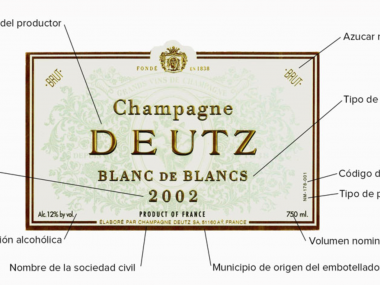If you ask the great sommelier Bernat Vilarrubla, he will tell you that if you are in the area, the Doniene Gorrondona winery is a must. This is probably because here they produce txakolis that stand out for their salinity, their expressiveness and their strong roots in their land, made from indigenous varieties and yeasts. Two of the four partners in charge of the project, the oenologist Itziar Insausti and the sales manager Andoni Sarratea, welcome Claudio Comella in their winery located in the coastal town of Bakio, in the Uribe-Costa region, and answer all his questions.
Interview with the oenologist and founding partner, Itziar Insausti
What are the main varieties you work with?
The autochthonous varieties are Hondarribi Zuri, the main white variety we grow, and Hondarribi Beltza, the red variety.
What are you Guipuzcoans doing making Txakoli from Bizkaia?
Well, in this globalised world it could seem banal, although historically the provinces here have each been very much in their own world, their own reality. And then there is the typical envy or quarrels that may exist in nearby towns. Apart from this, we are still in Euskadi and when we came here, although we came by chance, we loved where we were, we were still in Euskadi and this is where we decided to carry out our project.
How would you describe the philosophy behind your project?
I think the philosophy is to do things first of all with common sense, without being too attached to fashions and impulses and a little bit of self-marking. Not to isolate ourselves in something without listening to what’s in between, but to try to get something very real out of what’s here.
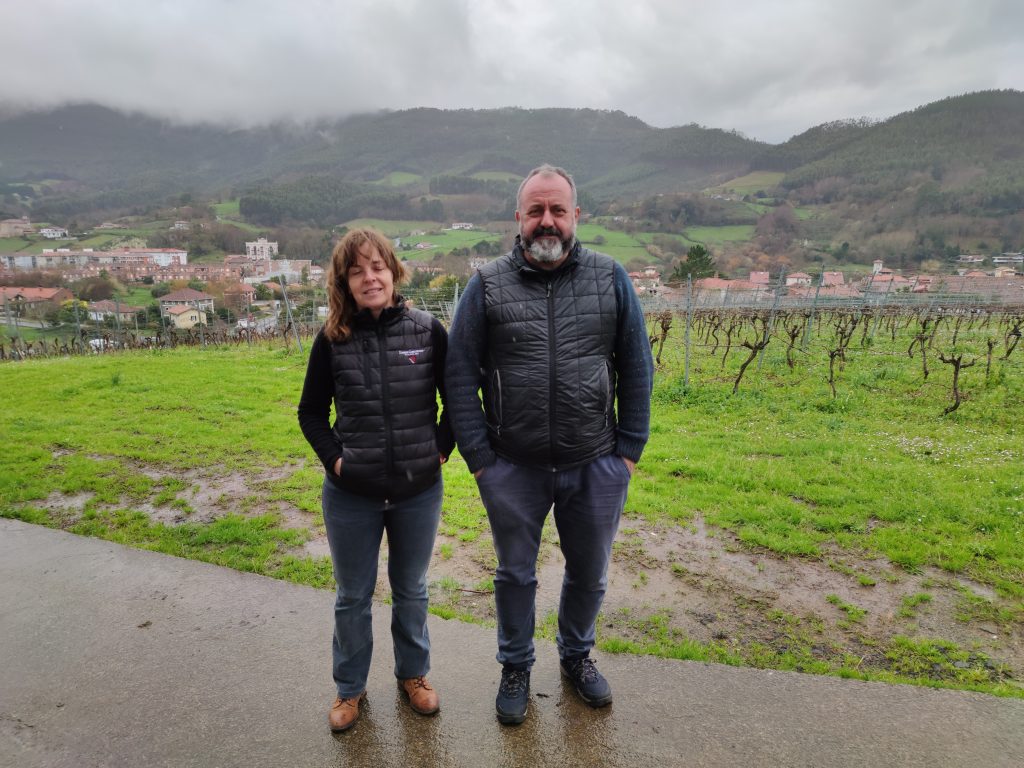
It strikes me that you, being an oenologist, talk a lot about the vineyard, which is not very common among oenologists.
We are in a family winery. Yes, I am an oenologist, but sometimes I spend more time between papers, for example, or I also have to pick up the phone or pick up the broom to sweep. The title doesn’t give you any status. Besides, you are in a winery, in a project where everything has to be done. It’s you, it’s the team that builds. So, if we start with egos of ‘I have this degree, I have that one’, we are all graduates. We are all graduates, we all went through university, but we all have to do everything.
How important is terroir in your wines?
I don’t think that when we started we weren’t aware of the importance it has in our project today. It is not by chance that we are in Bakio. The fact is that Bakio has a very special location. It made us somehow fall in love with the area and the potential we gave it. If we had arrived by chance to develop this project in another area, which would not have had that potential or that would not have given us that hunch that it gave us at the time. Surely today we would not be talking about Doniene Gorrondona or any other project that would have been materialised by the current team.
What is your planting system? We have seen a small sample of the plot
Traditional planting here was on vines, on vines, especially because they were micro-plots. We can’t even talk about plots per se, because they were vines that saved a little bit those areas where it was not possible to cultivate an orchard or they acted as neighbours. When we started in 1994, we decided that in order to control the production and to have a less intervened viticulture, the training system was very important.
We decided to do it on trellises a little bit because it was crucial in this area to control the production and the selection at the time of the harvest and also because the trellis makes the system easier for us. We do a double guyot pruning on one level and it is the most widespread method at present in our Denomination of Origin, Bizkaiko Txakolina.
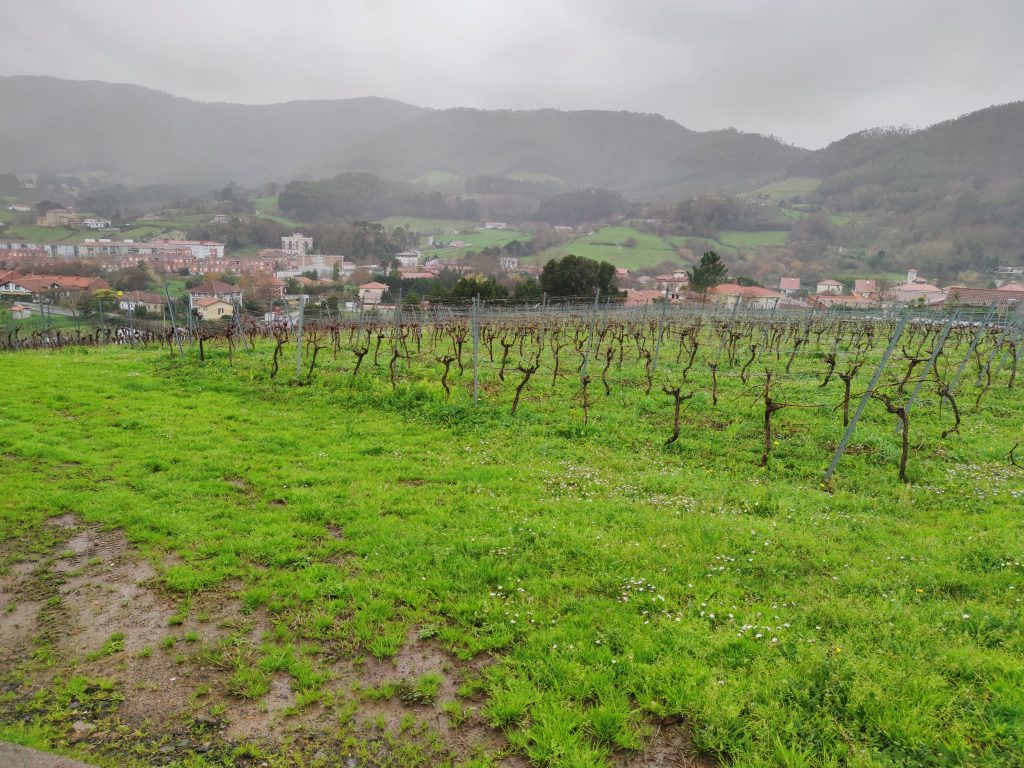
When making your wines, how important is the use of indigenous yeasts?
Total. I think that yeasts are very important in all types of fermentation. Very little is known about them. The Phoenicians and then the Romans, who started making wine, didn’t know about them. It was said that wine or must was boiled. But later, with the knowledge that there were microorganisms, they moved on to a slightly more industrial, safer way of making wine. And now we are discovering, going back to the vineyard. That is why knowing the vineyard is so important, because there is such an important microbiota that can give you the profile of the terroir where you are working. So it is vital to work with them.
So, if you work with indigenous yeasts, I understand that your fermentations are spontaneous.
The fermentations are spontaneous, but directed, let’s say. To put it in a nutshell and to make it understandable, there are millions of different species of yeasts and also in each vineyard, in each plot, they are different. What we have done is research work to find out what these yeasts are, because there are some that are interesting, others that are neutral, that do not contribute anything to a winemaking process. And there are others that even cause problems because they produce defective wines or wines with unpalatable aromas. So, we have done all this prospective study so that later, at the time of winemaking, we promote the must, we put it at a temperature, in conditions in which the yeasts that we want to develop, that we already know, will develop, and we will make it easier for them to prevail over others. But fermentation starts by itself and ends by itself.
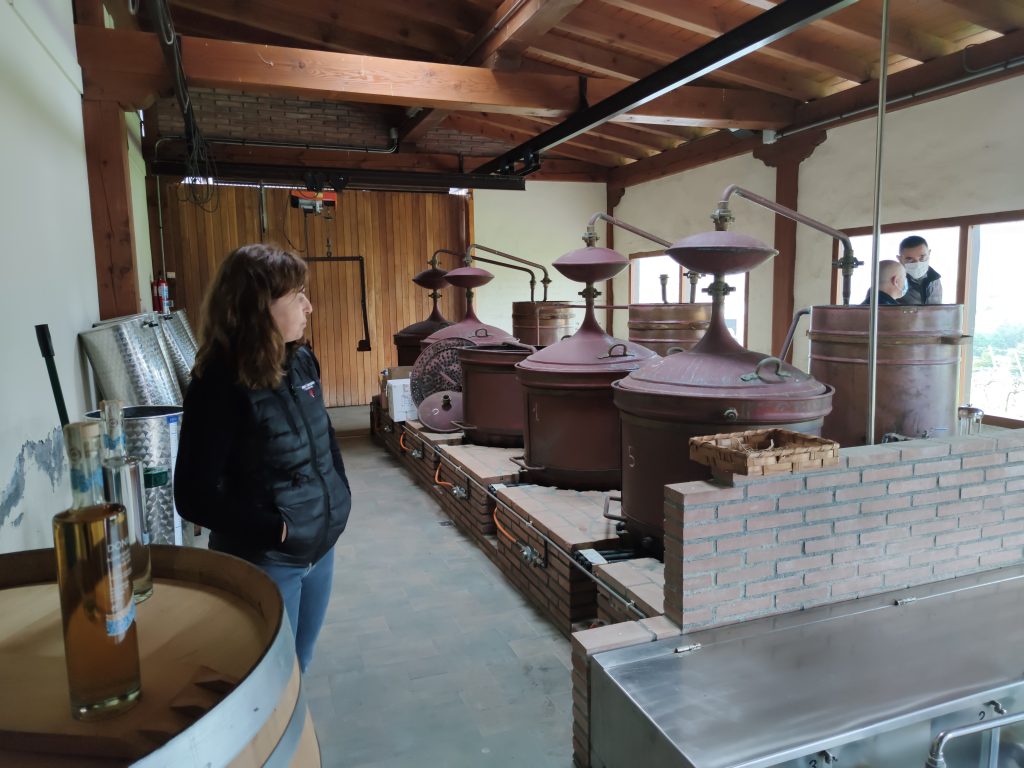
What are the qualities that make your wines stand out and what can we expect from them?
What I aspire to as a winemaker is that the wines express the area they come from. That you can tell that our vineyard is near the sea. That the vines grow in a Cantabrian climate. That they have a long cycle. That they have a cool climate. My aspiration is that the wine conveys all that.
We are in a coastal area. Do you think there is salt in your wines?
Yes, I think so. I think so. That’s for people to say. I can be conditioned. I am very struck when people come to Bakio and say ‘how it smells of iodine’. You can smell it, you can feel the sea when you haven’t seen it yet. And we, who are immersed in this climate, don’t notice it. This can happen a little bit in wine. It is true that it is when our wines have been bottled for some time that they express that precious salinity the most.
What can you tell us about the winemaking process of your wines?
The winemaking process is to try to transfer what we have extracted in the field with the grape harvest with as little intervention as possible to the wine. So, if we destem all the grapes, both white and red, we do the fermentation with our own yeasts, as we have said. Then we let them mature in the alcoholic fermentation. Then there is a whole process for the wine to be plied with lees, which gradually decompose. Whether they go through malolactic fermentation or not, whether we put them in barrels or not, these are day-to-day things, or what is typical of each winery. The important thing is to know which path each wine has to follow.
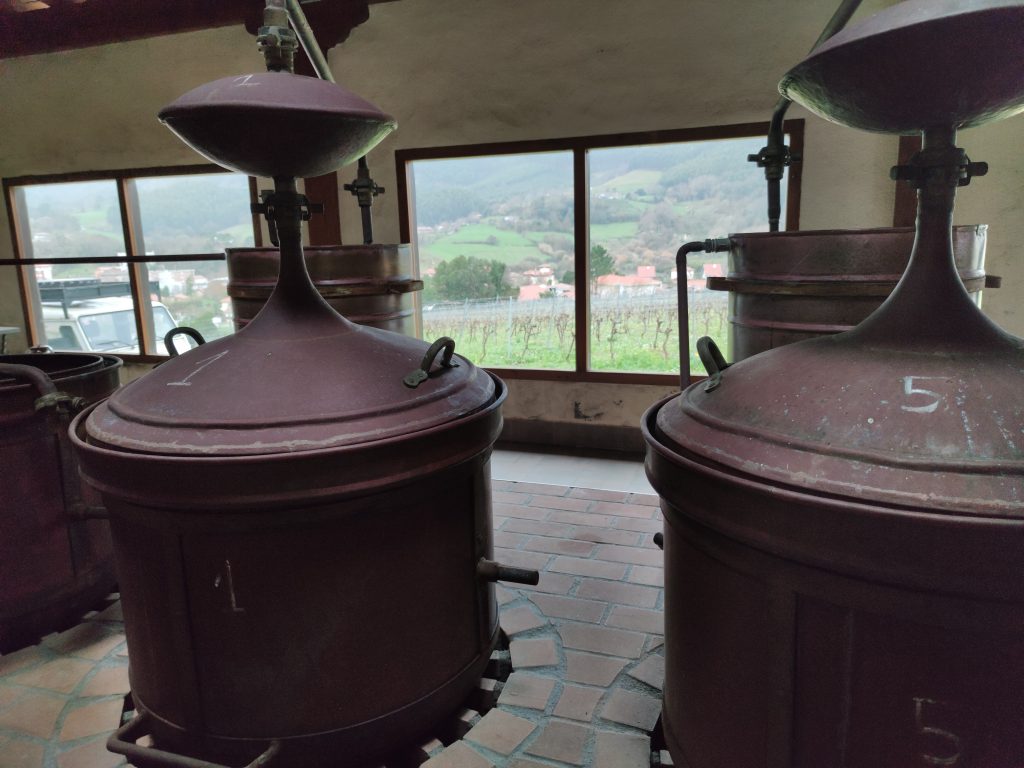
There are no recipes…
No. And in fact I think that every year, every vintage for a particular wine profile, for a particular plot, for example, sometimes you have to alter a little bit the actions you have to do because the harvest demands it.
How do you combat climate change for your wines?
Here, climate change is especially noticeable in the fact that the cycle of vegetative rest is shortened. That is to say, from the time when the vines die back and enter a resting phase, where there is no fluidity within the plant’s system until bud break. So, as far as this part of the cycle is concerned, winter comes later and later and spring starts earlier and earlier. This has been noticeable for the last 20 years. There is no doubt about it. In terms of this earlier sprouting, there may not be a clear indication in terms of numbers of how much the cycle is shortening or advancing. It does start earlier but sometimes, as we have such a long cycle, it also evens out and then we reach a harvest phase at normal times or dates. In 2020, for example, which has been a very early year, it has been four days earlier in total, from the early bud break. The cycle has lasted four days less. These are numbers that we have to keep an eye on.
Is there more alcohol in the wines?
There is a trend. Our DO was created in ’94. At that time, the predominant variety was not Hondarrabi Zuri, but another variety called Mune Mahatsa, which was much less alcoholic. At that time, white wines were much lighter. So, the trend working with Hondarrabi Zuri is to make more alcoholic wines. Furthermore, I think it is vital that the grapes are harvested at the right time, not overripe, which can give a high alcohol content, but also aromas that are not very fresh, which I don’t think is of interest in our type of wines.
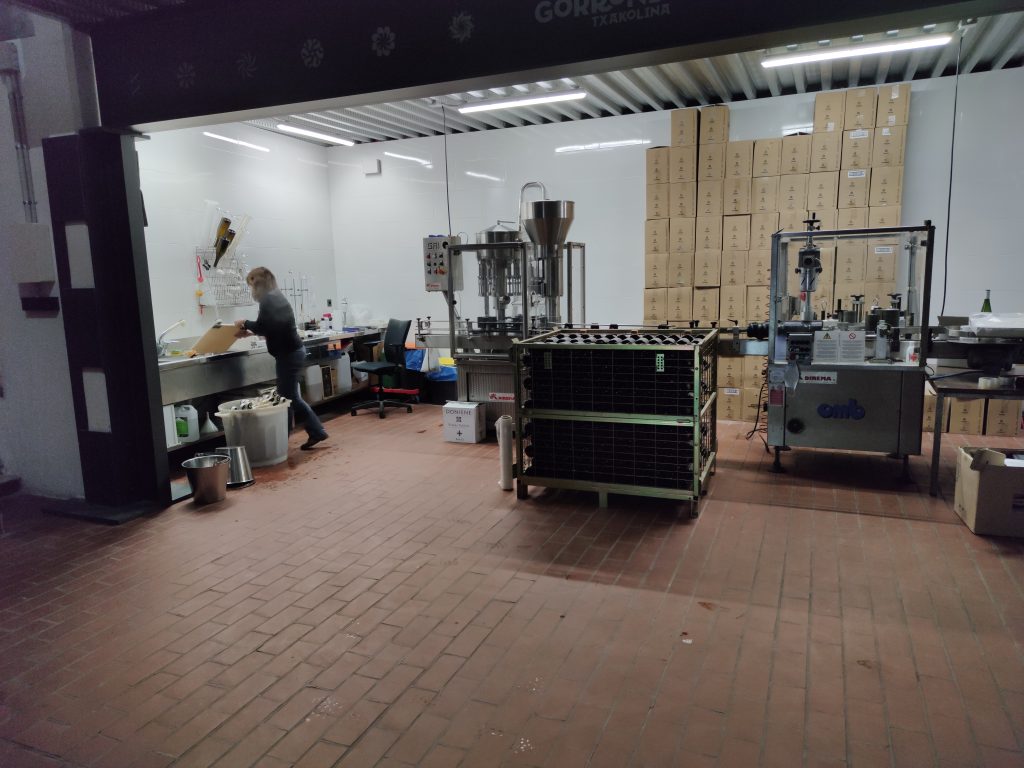
What is so special about your Txakolis compared to the rest? What makes them so different?
I think it is the identification of the production area. Somehow, we have always been very proud to be in Bakio. We thought it had something special. And when you see that you make different types of wines and there is a common thread in all of them, which is that the wines have freshness, but they also have a bit of spice, so to speak, they have salinity, and so on. This makes you identify with your area and your variety and with the work you have done over the years. I think this is very important.
On a commercial level, how important are the national and international markets?
Txakoli has always been a very local wine. In the past it was for family consumption and then, when the different txakoli designations of origin were founded, the local market continued to be the predominant one. If it was not 100%, it would be 98%. This has been changing little by little and the wineries have been moving out. In our case, we are talking about 20 percent that goes to export, 80 percent that remains at the national level, but of that 80 percent, practically 70 percent is regional, it is consumed in Bizkaia.
Are exports on the increase?
Yes, an effort is being made as a winery. What we see is that it is very important that we have a local consumer who is committed to what is from here. But it is also very important that people know about these wines a little bit further away from where we are. Because, in the end, I think that in the world of wine we like to approve and, above all, we like to locate. So the fact that Bakio, that Bizkaia, is an area of reference in terms of wine is interesting and enriching for everyone.
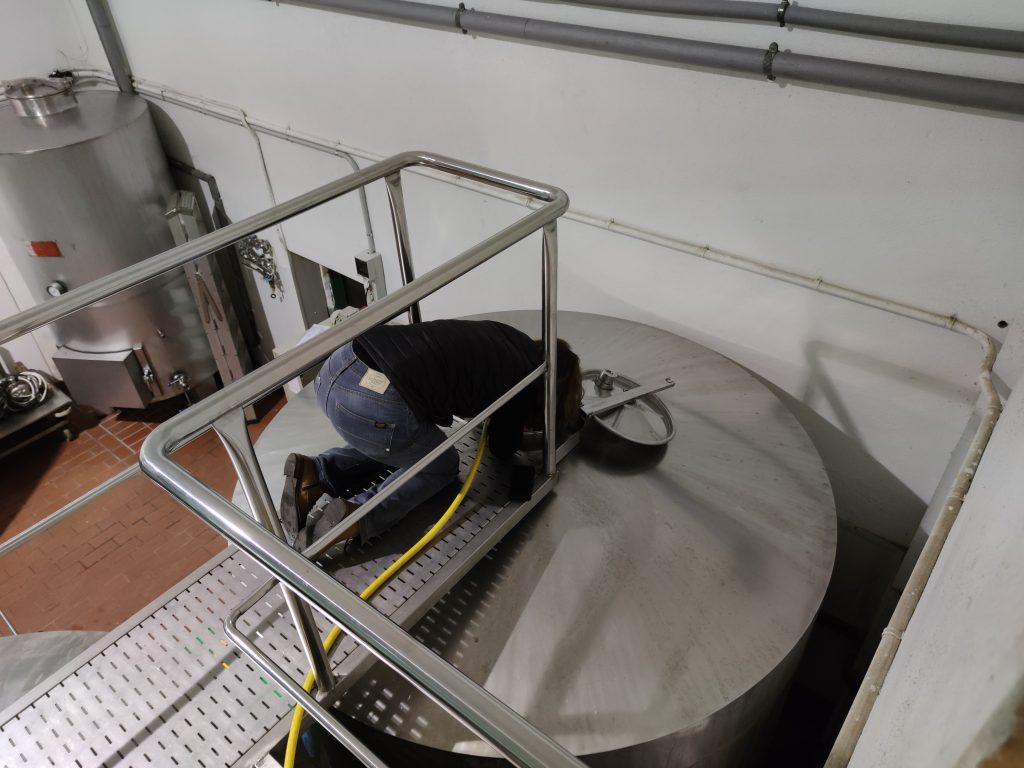
What can we expect from Doniene Gorrondona in the future?
In the future, I aspire for our wines to have more and more of a future. When I say more and more, I mean that they are less and less young wines, even if the concept is young wine. But we are fortunate in that the natural acidity of our grapes means that our wines can be kept for a long time and that their evolution surprises us so pleasantly that we tend to make wines that I hope that in ten years’ time, for example, we will be able to taste a wine, a txakoli made in this winery this year.
How do you see the evolution of txakoli?
We used to keep a few bottles, but now we are starting to keep a little more because we see that the wines are becoming more elegant. When you drink a txakoli that we may be making young, it can have that identity. Well, as soon as it has been in the bottle for six months, the salinity comes out, that slightly playful acidity, and so on. But once it has been in the bottle for five years or more, all that becomes something enveloping, something much more elegant and suggestive, and I think that is a little bit the path to explore.
Does it make sense to keep txakoli?
Not all txakolis, but there are some that are really worth investing in and having the patience not to open those bottles, because the day you are going to open them you will be in for a big surprise.
Interview with Andoni Sarratea, sales manager and founding partner.
How was the project born?
The project was born back in the nineties and it was a project that was born a bit by chance. It was a project that initially had to do with txakoli, but for information purposes. In other words, Bakio Town Council commissioned the Basque Government’s Department of Rural Development to produce a report on the viability of txakoli, the future of txakoli, because historically txakoli had been very important in Bakio. But in the early nineties, at the end of the eighties, the situation was a bit delicate. Then, one of the founding members came here to make that report, and little by little she started to become immersed in the world of txakoli. Her love of the world of oenology also got her more and more involved in the project. And what started out as the drafting of a report, ended up with her starting to work in the vineyard, tending the vines and making txakoli.
Where does Doniene Gorrondona come from?
The name was born a bit when it came to patenting a brand, patenting an image. Gorrondona is the name of this farmhouse, where the winery is located. It is a name of its own, a name that has been repeated or is repeated. It is a surname that is repeated along the coast of Uribe. Therefore, in the 16th century it may have been a fairly common surname, so it is the name of this farmhouse. And Doniene in Basque is San Juan de Gaztelugatxe, this well-known rock that we can see from our bay.
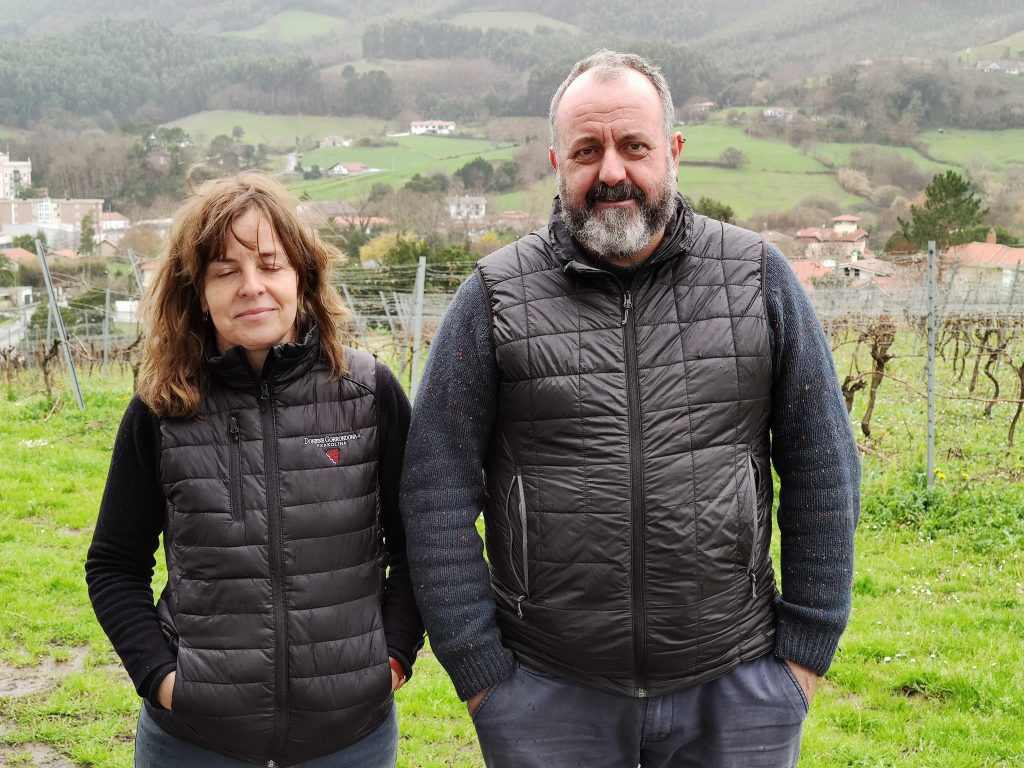
What are your flagship varieties and why?
Our flagship varieties are the indigenous Hondarribi Zuri and Hondarribi Beltza varieties. Because when this project was born in the early 90s, if there was one thing we knew for sure, it was that we had to work with the raw material that had existed here for centuries, and that is what we had to promote and that is what we had to base ourselves on. If we had to believe in our project and we wanted to make it a real project, it had to be the truth. And the truth was the varieties we had in our vineyards.
If you could go back 20 years, would you go back to this path in the world of wine?
Well, yes, I would enter this project, because we have seen them in absolutely every colour and we continue to see them in every colour. But I’ll keep the good things. I’ll keep what we have so far, what we have achieved and what we can still achieve. No doubt about it. If I were to go back twenty years, I would enter the world of wine. When I started twenty years ago in the world of wine, I was starting from zero. I come from the world of journalism, I graduated in Information Sciences. I worked as a sports journalist. I was very happy with my job, but I was faced with a change of life and I got into it blindly. That is to say, I knew wine from drinking it and I liked it, but that’s as far as it went. And I think that what I have learnt has been very valuable to me.
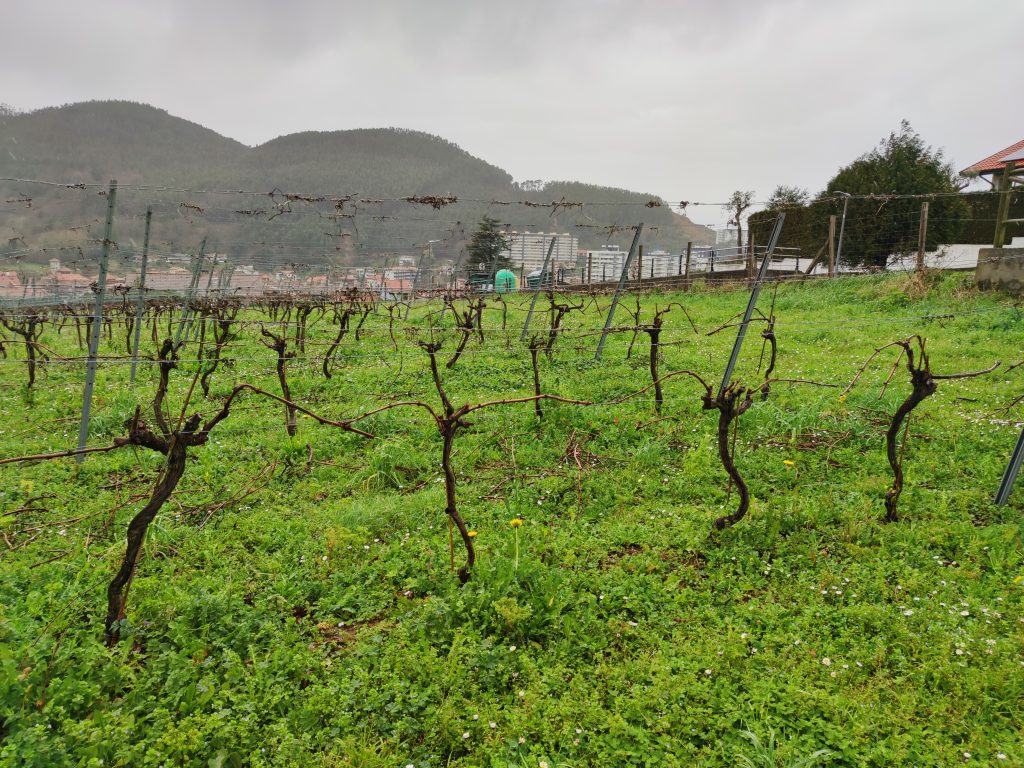
What was the before and after when you started using indigenous yeasts from the vineyard itself? How did this important step happen?
The difference that using indigenous yeasts has made is a before and after. I’m not going to say abysmal, but it is a very important qualitative leap in the production of our wines. I think there is a before and after. Above all, it has helped us to have much more faith in the criteria of 20 years ago of trusting in our native varieties. Hondarrabi Beltza was much reviled and Hondarrabi Zuri has always been a variety that expressed itself very well in the mouth, but on the nose it had its own preferences and there has always been this stigma and, since we have been working with indigenous yeast, we have realised that this is not the case at all. That is to say, both Hondarribi Beltza and Hondarribi Zuri in their splendour, as long as you take care of them, treat them and select them carefully during the harvest, they give their best. This has also meant changes in the winemaking process. Things that have been done that our wines did not do before. But I believe that the results have absolutely nothing to do with it. And I also compare it and I see, I observe this in the evolution of the wines, which is amazing.
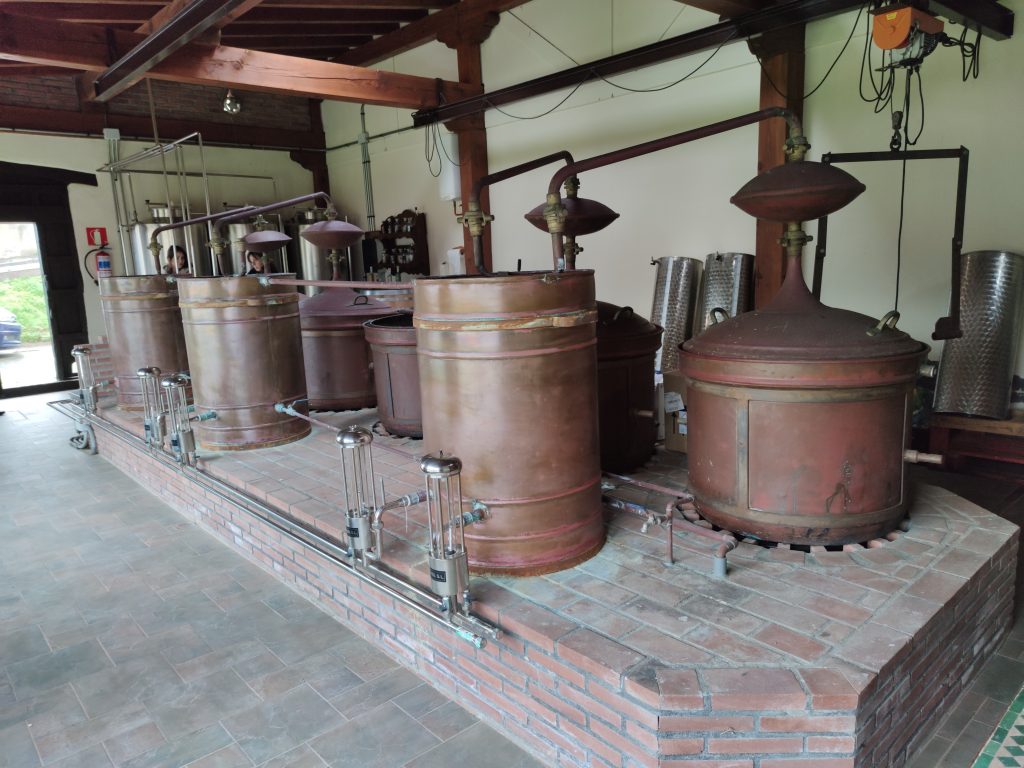
What makes you different from other txakoli producers so that such a prestigious sommelier as Bernat Vilarrubla tells us that his winery is a must visit?
Well, the fact that Bernat Vilarrubla recommends us is something that leaves us very shocked. Maybe we should ask him that question. We were lucky enough to meet him in the way I think you meet important things in life: by chance. I believe that things happen because they have to happen. We met Bernat by chance and since we have known him, the truth is that I am very grateful to him, above all for his sincerity, because just as there are things that he likes that we do, there are also things that he doesn’t like and he tells us so. That sincerity is always very important, as long as they open your eyes, it’s very good.
What do you think makes you different from other txacoli producers?
Well, knowing Bernat and seeing what criteria he has when it comes to loving the wines, to defending the wines, makes me think that we are within those criteria, within those parameters that he has. He is very fond of the vineyard, he is very fond of the land. He really likes the truth. That is to say, the fact that he loves our wines is because our wines represent our climate, our land, our colour, our landscape, which transport you a little bit to this area. And so, when you drink this wine here, obviously it tastes like it is here, well, that’s good. But when you drink this wine in Barcelona, in Madrid or in Washington, it takes you to a green, rainy, salty, coastal, sea, wet land landscape. Of colours, of smells. Well, I think that’s what Bernat likes. The same when we talk about Bakio or when we talk about Piedmont or the Jura or Burgundy. That is to say, that the wine transports you to its place of origin.


